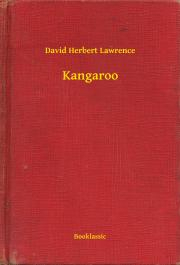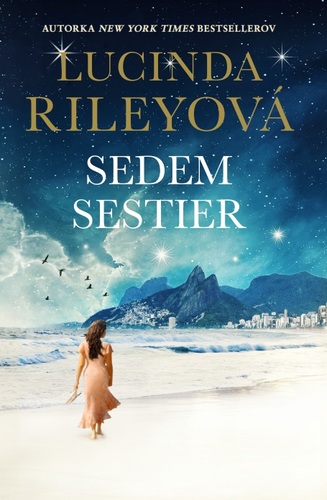Kangaroo - David Herbert Lawrence
Knihu kúpite v
1 e-shope
od
0,88 €
Panta Rhei
0,88 €
Skladom
(dodanie do 3 dní)
Krátky popis
Kangaroo is an account of a visit to New South Wales by an English
writer named Richard Lovat Somers, and his German wife Harriet, in
the early 1920s. This appears to be semi-autobiographical, based on
a three-month visit to Australia by Lawrence and his wife Frieda,
in 1922. The novel includes a chapter ("Nightmare") describing the
Somers' experiences in wartime Cornwall (St Columb Major), vivid
descriptions of the Australian landscape, and Richard Somers'
sceptical reflections on fringe politics in Sydney. Australian
journalist Robert Darroch — in several articles in the late 1970s,
and a 1981 book entitled D.H. Lawrence in Australia — claimed that
Lawrence based Kangaroo on real people and events he witnessed in
Australia. The extent to which this is true remains a matter of
controversy - particularly by Joseph Davis in his 1989 "D.H.
Lawrence at Thirroul"(Collins, Sydney). Davis is sympathetic to the
view that "Kangaroo" may be based on real events but argues that it
is impossible that Lawrence had time to meet clandestine political
leaders in Sydney when he was too busy writing his novel in
Thirroul. Davis feels it is more likely to have been a local south
coast identity associated with Thirroul who would have provided
some of the details of Lawrence's political plot. "Kangaroo" is the
fictional nickname of one of Lawrence's characters, Benjamin
Cooley, a prominent ex-soldier and lawyer, who is also the leader
of a secretive, fascist paramilitary organisation, the "Diggers
Club". Cooley fascinates Somers, but he maintains his distance from
the movement itself. It has been suggested by Darroch and others
that Cooley was based on Major General Charles Rosenthal, a notable
World War I leader and right wing activist. It has also been
alleged that Rosenthal was involved with the Old Guard, a secret
anti-communist militia, set up by the Bruce government. Similarly,
according to Darroch, the character of Jack Calcott — who is the
Somers' neighbour in Sydney and introduces Richard Somers to Cooley
— may have been based on a controversial Australian military
figure, Major John Scott, who was both an associate of Rosenthal,
and an Old Guard official. Another central character is Willie
Struthers, a left wing activist reputed to have been based partly
on Willem Siebenhaar, who made Lawrence's acquaintance in Western
Australia. Kangaroo's movement, and the "great general emotion" of
Kangaroo himself, do not appeal to Somers, and in this the novel
begins to reflect Lawrence's own experiences during World War I.
Somers also rejects the socialism of Struthers, which emphasises
"generalised love". The novel is sometimes cited as an influence on
the Jindyworobak movement, an Australian nationalist literary
group, which emerged about a decade later. Gideon Haigh saw fit to
dub it "one of the sharpest fictional visions of the country and
its people". It was adapted as a film, also called Kangaroo in
1986, featuring Colin Friels as Somers, Judy Davis as Harriet and
Hugh Keays-Byrne as "Kangaroo".

